Sexual taboos, myth and montage: Linder’s provocative collages
In Stockholm, British artist Linder is destabilising normative ideas of sexuality in a new series of photomontages

Robert Glowacki - Photography
Since emerging from Manchester’s punk scene in the 1970s, Linder Sterling has been dragging the underbellies of consumerism into plain sight. Using the visual language of pornography fused with images of banal domestic interiors in neo-Richard Hamilton twists, she has deployed unflinchingly feminist celebrations of sexuality and questioned society’s deeply-rooted perceptions of it.
From Orgasm Addict – her big-break cover for Buzzcocks’ first single in 1977 – to her first major retrospective at Kettle’s Yard last year, Linder has subverted the very mechanics of popular culture, destabilised conventional ideas of sexuality, and brought the inner workings of the mass media into question.
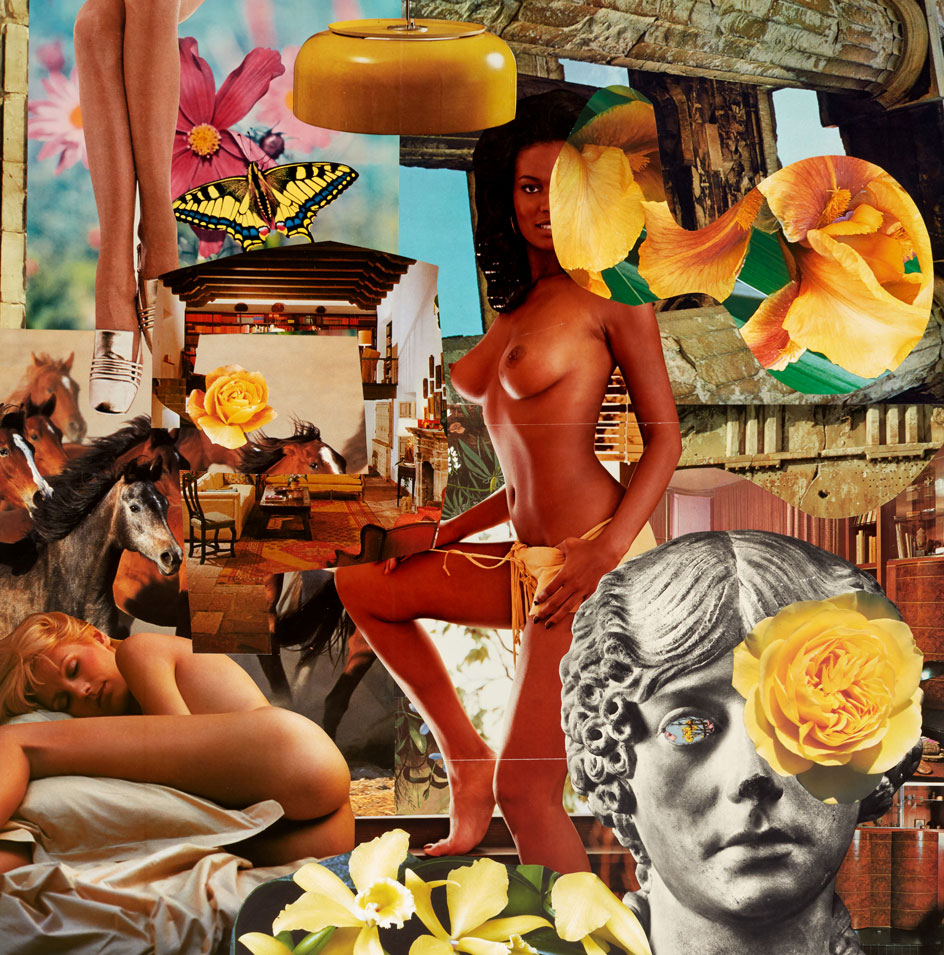
Fragrant sap, 2021 Photomontage.
As with her best-known work, Linder’s new show ‘Someone Like You’ at Andréhn-Schiptjenko gallery in Stockholm sees fragments of printed media from 1910 onwards fused into elegant photomontages. Disparate clippings rub up against each other in an orgy of desire in its many guises.
In this latest body of finely scalpelled works, Linder discusses the almost-undiscussable. She delves into the triad myth of Pygmalion, Myrrha and Adonis – this is Greco-Roman mythology, but possibly not as you know it.
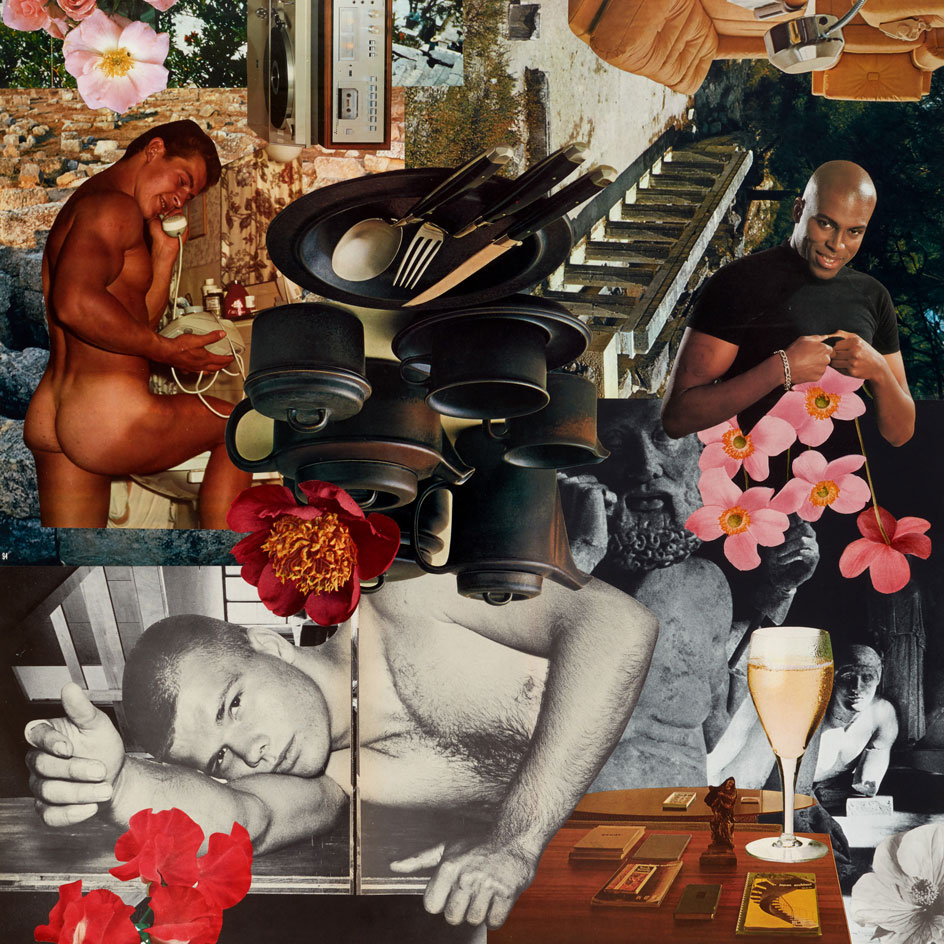
Transient time slips by, 2021 Photomontage.
Over the last five years, Linder has deep-dived into the Myrrha myth, consulting with classicists for opinion, inserting the story into contemporary studies on the queer body and heteronormativity, and researching the biases within classics and ancient texts.
To synopsise, the myth in question, from Ovid’s Metamorphoses: Book X, emerges out of the warped sexuality of Myrrha’s great-grandfather, Pygmalion, who, in a moment of autoeroticism, falls in love with a statue of an idealised female that he’s carved from ivory.
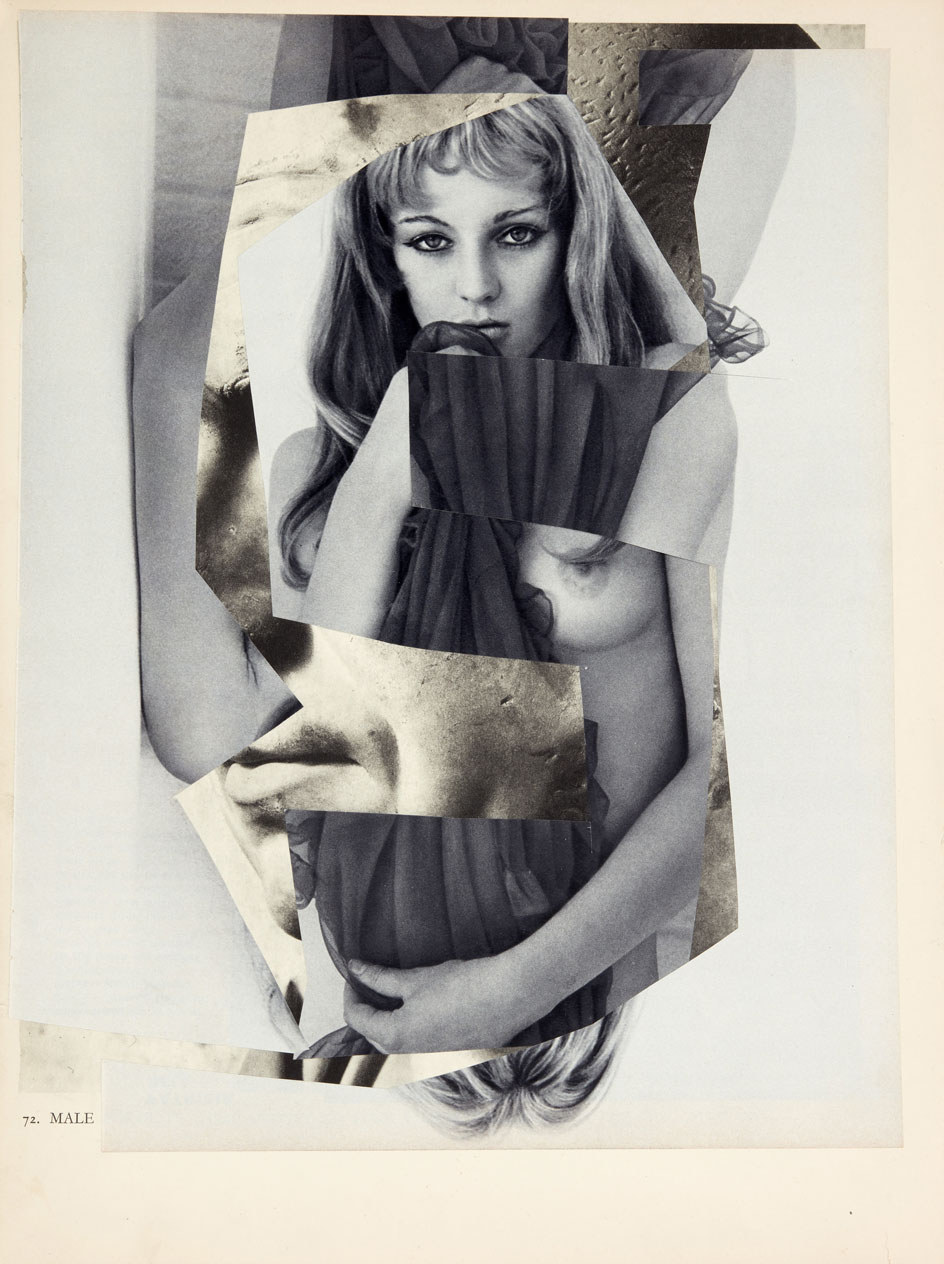
Galatea, 2021 Photomontage.
There’s no skirting around it, the Myrrha myth explores female incest, in contrast to the more widely-known myth of Oedipus, synonymous with male incest. As punishment for her incestual sins, Myrrha is transformed into a tree, giving birth to Adonis from her trunk nine months later. As she weeps in remorse, her tears transform into the aromatic resin, myrrh.
There’s a lot to digest between the creases of these low-tech photomontages. But perhaps the overriding myth here is not that of taboo Greco-Roman exploits, but a myth of heteronormativity.
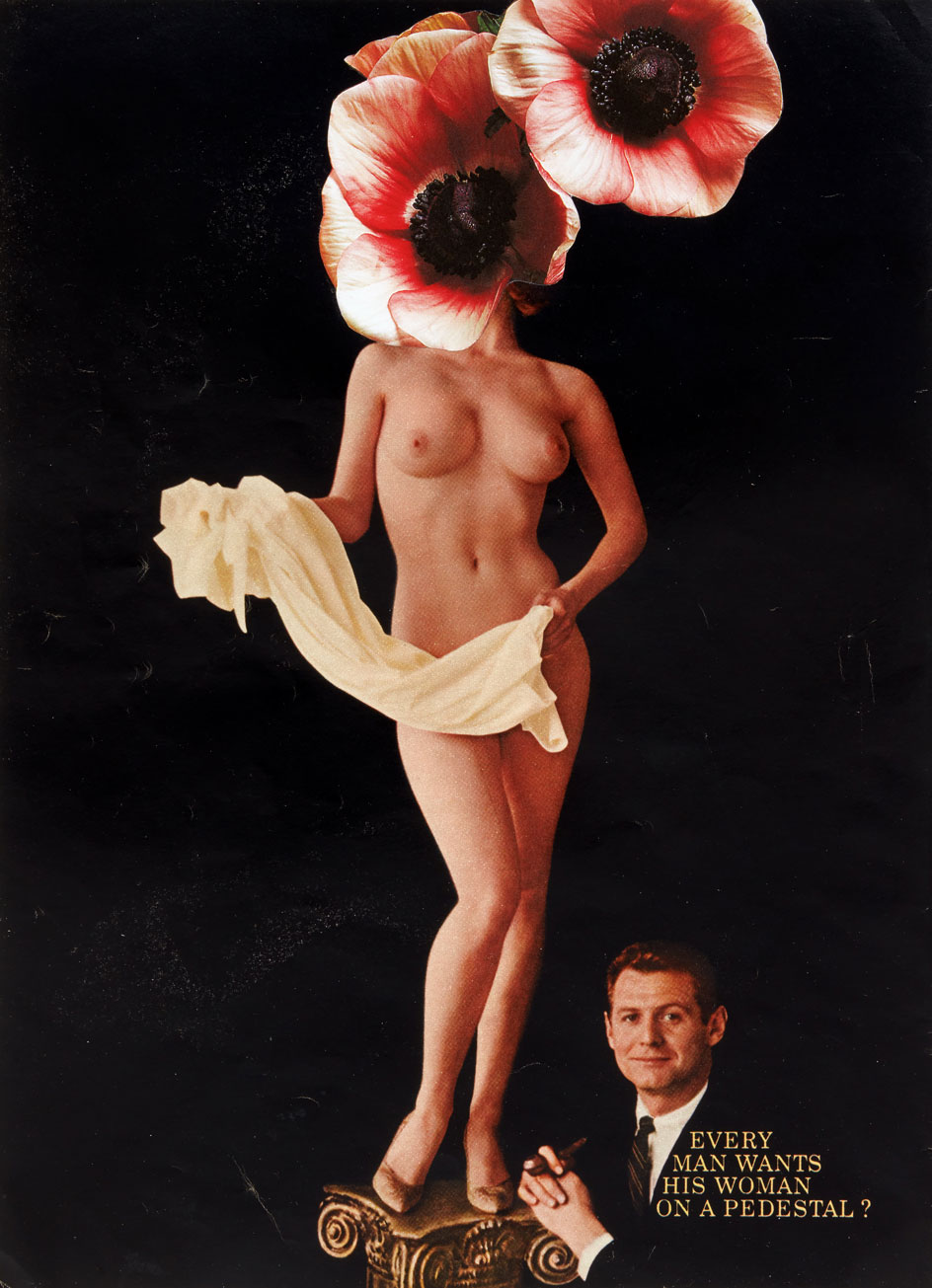
A flower the colour of blood, 2021 Photomontage.
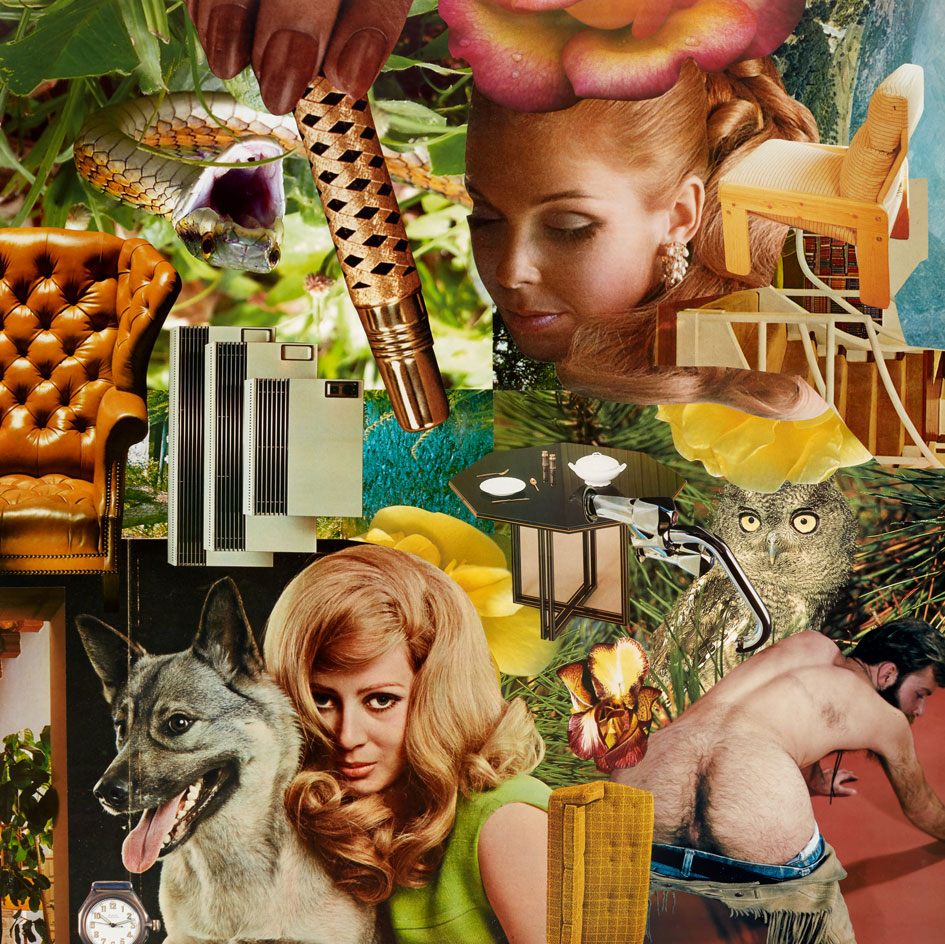
Herbs and charms that heal, 2021 Photomontage.
INFORMATION
Linder, ‘Someone Like You’, until 22 May, Andréhn-Schiptjenko, Stockholm. andrehn-schiptjenko.com
ADDRESS
Linnégatan 31
114 47 Stockholm
Receive our daily digest of inspiration, escapism and design stories from around the world direct to your inbox.
Harriet Lloyd-Smith was the Arts Editor of Wallpaper*, responsible for the art pages across digital and print, including profiles, exhibition reviews, and contemporary art collaborations. She started at Wallpaper* in 2017 and has written for leading contemporary art publications, auction houses and arts charities, and lectured on review writing and art journalism. When she’s not writing about art, she’s making her own.
-
 A tale of two Audis: the A5 saloon goes up against the A6 Avant e-tron
A tale of two Audis: the A5 saloon goes up against the A6 Avant e-tronIs the sun setting on Audi’s ICE era, or does the company’s e-tron technology still need to improve?
-
 Inside Christian de Portzamparc’s showstopping House of Dior Beijing: ‘sculptural, structural, alive’
Inside Christian de Portzamparc’s showstopping House of Dior Beijing: ‘sculptural, structural, alive’Daven Wu travels to Beijing to discover Dior’s dramatic new store, a vast temple to fashion that translates haute couture into architectural form
-
 A music player for the mindful, Sleevenote shuns streaming in favour of focused listening
A music player for the mindful, Sleevenote shuns streaming in favour of focused listeningDevised by musician Tom Vek, Sleevenote is a new music player that places artist intent and the lost art of record collecting at the forefront of the experience
-
 'I want to get into these images and perfume them': Linder's retrospective opens at the Hayward Gallery
'I want to get into these images and perfume them': Linder's retrospective opens at the Hayward Gallery'Linder: Danger Came Smiling' gathers fifty years of the artist's work at the Hayward Gallery. We meet the punk provocateur ahead of her first retrospective
-
 Wanås Konst sculpture park merges art and nature in Sweden
Wanås Konst sculpture park merges art and nature in SwedenWanås Konst’s latest exhibition, 'The Ocean in the Forest', unites land and sea with watery-inspired art in the park’s woodland setting
-
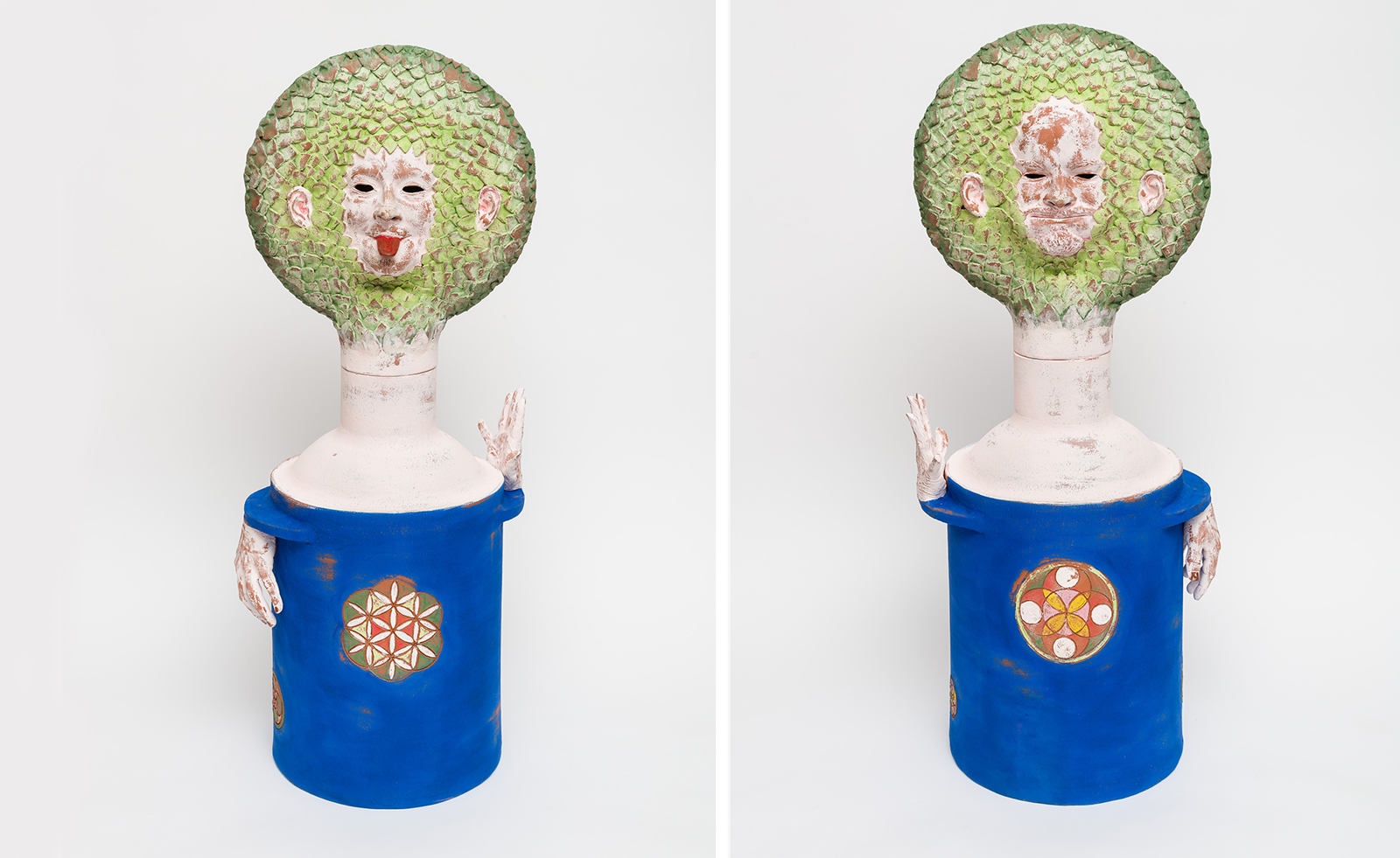 Ceramic artists: top trail-glazers breaking the mould
Ceramic artists: top trail-glazers breaking the mouldA way with clay: discover the contemporary ceramic artists firing up a new age for the medium
-
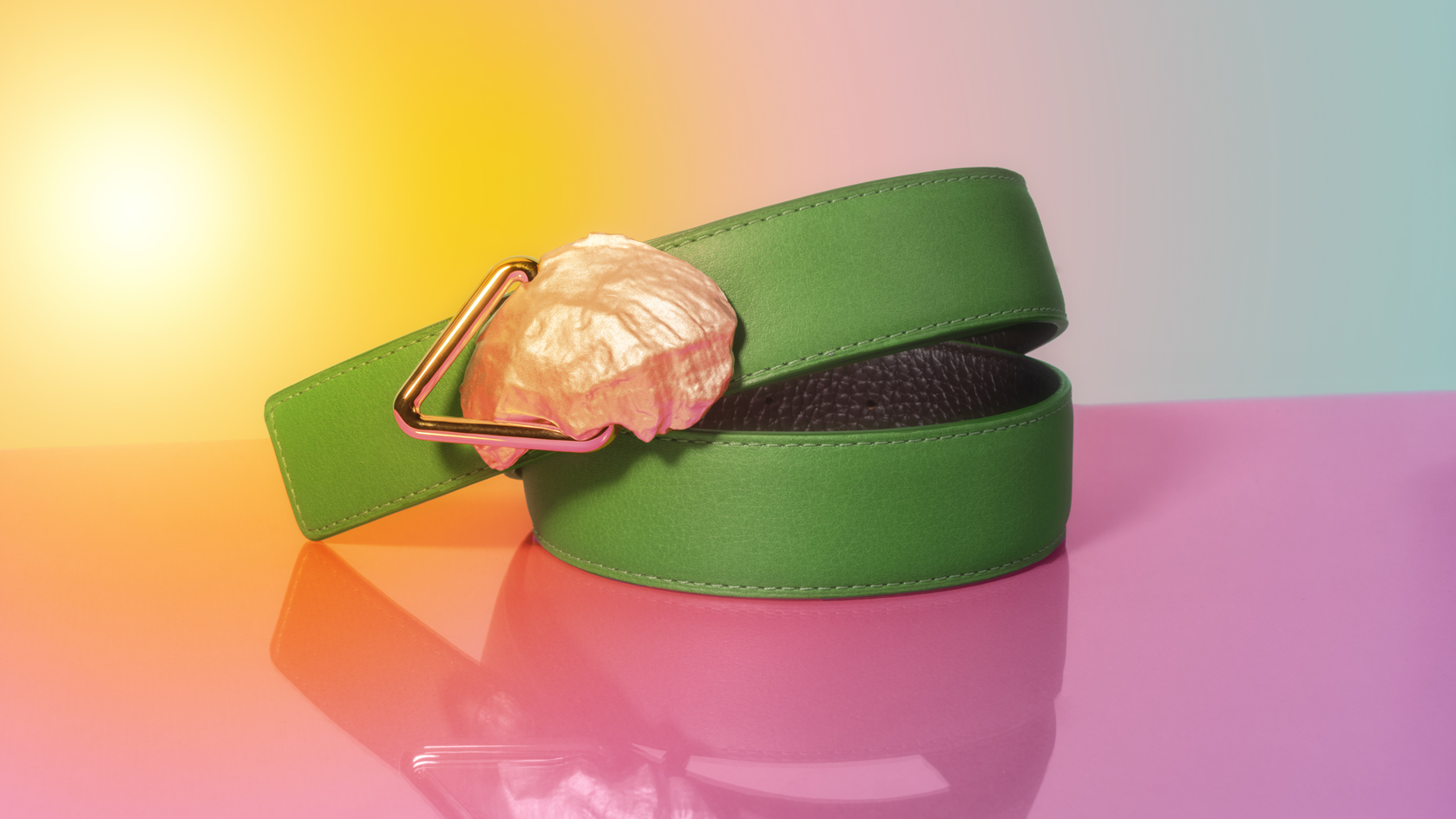 The best art gifts for the creative in your life
The best art gifts for the creative in your lifeGet inspired with our ongoing guide to the best art gifts
-
 10 best art exhibitions to see in 2023, picked by Wallpaper* arts editor Harriet Lloyd-Smith
10 best art exhibitions to see in 2023, picked by Wallpaper* arts editor Harriet Lloyd-SmithTo usher in the new year, Wallpaper’s arts editor Harriet Lloyd-Smith highlights the best art exhibitions to see in 2023, and there’s a lot to look forward to
-
 Veronica Ryan wins the 2022 Turner Prize
Veronica Ryan wins the 2022 Turner PrizeVeronica Ryan, the artist who honoured the Windrush generation, has been named winner of the 2022 Turner Prize in a ceremony held in Liverpool
-
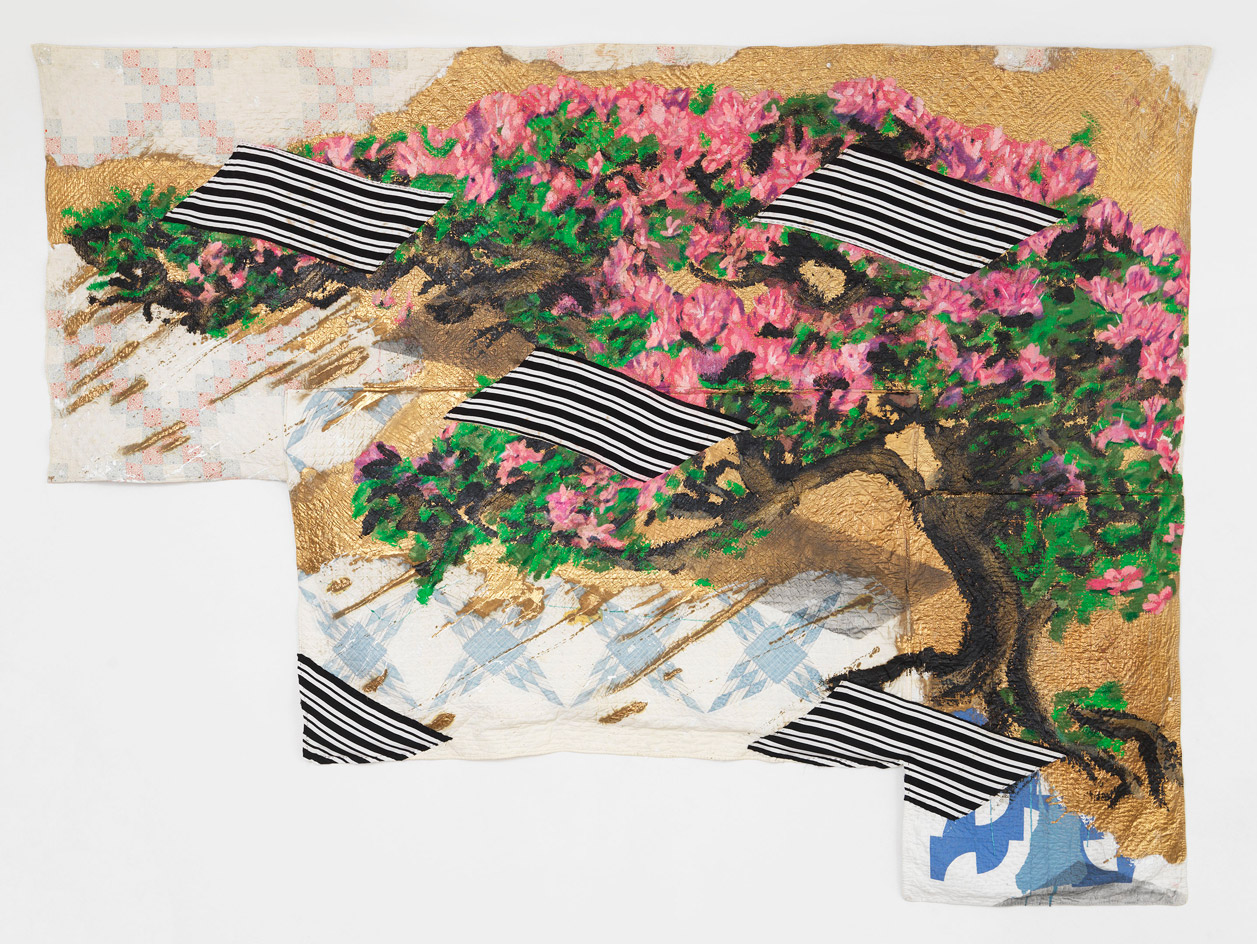 Textile artists: the pioneers of a new material world
Textile artists: the pioneers of a new material worldThese contemporary textile artists are weaving together the rich tapestry of fibre art in new ways
-
 The Audley: a first look inside Artfarm’s new art-filled Mayfair pub
The Audley: a first look inside Artfarm’s new art-filled Mayfair pubFor its first London project, hospitality company Artfarm has given new life to the 18th-century Audley Public House which opens today in Mayfair. We offer a first look inside the new pub, which is a hub for history, community, hospitality and world-class contemporary art